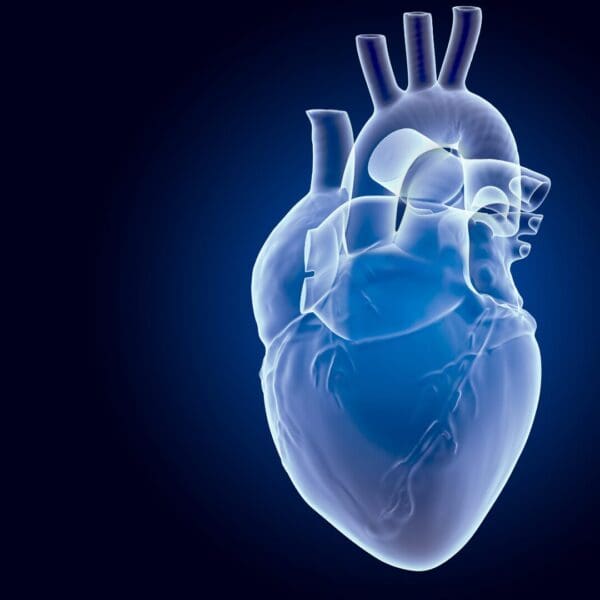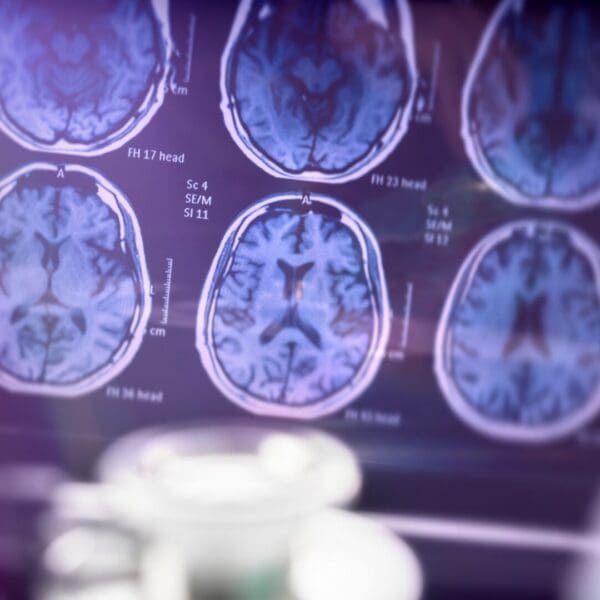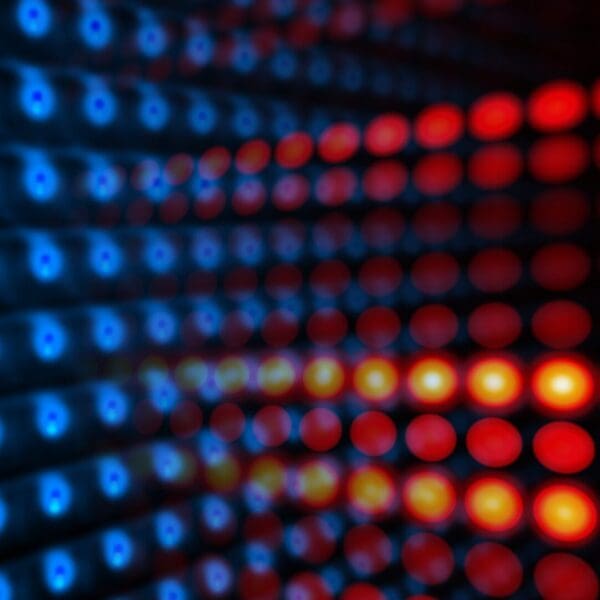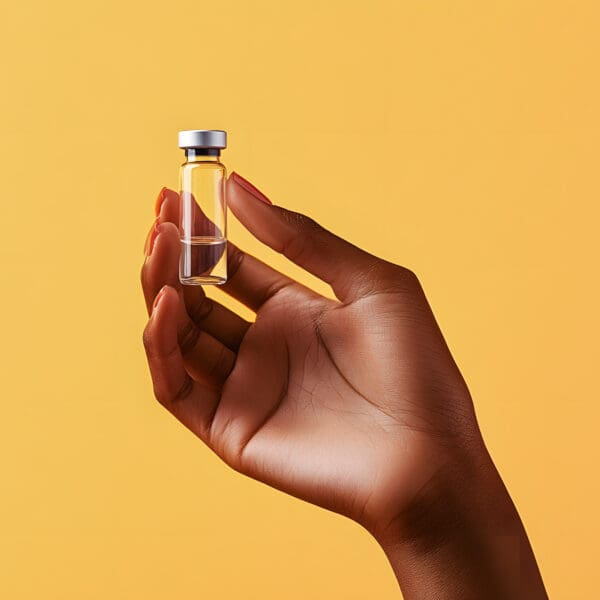Your cells possess a molecular fountain of youth, and its name is NAD+. This powerhouse coenzyme fuels over 500 essential reactions in your body, from powering cellular energy production to repairing damaged DNA.
But here’s the catch: NAD+ levels decline by up to 50% by the age of 50, triggering a cascade of aging effects that contribute to everything from fatigue to age-related disease.
I recently came across an article written by my good friend, Professor She, one of the leading experts on NAD+. He outlined some of the most effective natural sources of NAD+ precursors. The good news is this: science has identified powerful, natural ways to restore and optimize your NAD+ levels through strategic nutrition, exercise, and lifestyle changes.
Why NAD+ Matters: Your Cellular Energy Crisis
Think of NAD+ as your cellular battery pack. When levels drop, the consequences ripple throughout your system:
- Mitochondrial dysfunction reduces energy production and increases oxidative stress
- Compromised DNA repair accelerates cellular damage and aging
- Impaired sirtuin function disrupts proteins that help maintain youthful gene expression
- Accelerated cellular senescence contributes to tissue dysfunction and disease
Your mitochondria typically act as NAD+ reservoirs, compensating when one area runs low. However, chronic depletion overwhelms this system and speeds up the aging process.
The Molecular Mechanics of NAD+ Decline
The decline in NAD+ is due to more than just reduced production. It is also driven by increased consumption and degradation.
1. CD38 Overexpression
As we age, the CD38 enzyme becomes a major drain on NAD+. Found in immune cells, CD38 activity increases dramatically with age and inflammation, degrading NAD+ faster than your body can replenish it.
2. PARP Activation During DNA Repair
When your DNA gets damaged from UV radiation, toxins, oxidative stress, or normal cellular wear and tear, PARP enzymes jump into action to coordinate repair. Each activation event can consume hundreds to thousands of NAD+ molecules.
3. Cellular Stress Responses
Oxidative damage, inflammation, and metabolic dysfunction all compete for the same limited NAD+ pool. This creates a perfect storm of depletion.
Fueling Your Cells: The NAD+ Diet Strategy
While your body can’t directly absorb NAD+ from food, it can convert specific precursors into this vital coenzyme. There are three key categories to consider:
1. Vitamin B3 Compounds
These offer the most direct route to NAD+ production. Clinical studies show niacin can increase blood NAD+ levels up to eightfold.
- Wild-caught fish: 8–15 mg per 100g
- Lean meats: 5–12 mg per 100g
- Nutritional yeast: 40–50 mg per 100g
2. Tryptophan-Rich Foods
Tryptophan provides a backup pathway via the kynurenine system.
- Turkey, chicken, beef: 200–400 mg per 100g
- Legumes and nuts: substantial amounts
- Dairy products: reliable sources
3. Direct Precursors (NMN & NR)
These are the most efficient for conversion into NAD+ but appear in small amounts in food.
- Edamame: 0.47–1.88 mg NMN per 100g (highest known source)
- Broccoli: 0.25–1.12 mg NMN per 100g
- Dairy milk: contains NR in micromolar concentrations
Advanced Nutritional Strategies
Mushroom Power
Shiitake and reishi mushrooms not only contain B vitamins, but their beta-glucans may support NAD+ production and mitochondrial function.
Fermented Foods
Kefir, kimchi, and aged cheeses are rich in B vitamins and support gut health, both of which are linked to enhanced NAD+ metabolism.
Timing Matters
NAD+ synthesis is influenced by circadian rhythm. Consuming NAD+ precursors earlier in the day may align better with natural cellular repair cycles.
Smart Food Habits for NAD+ Optimization
- Cooking methods: Steaming and baking preserve more niacin than boiling. Fermentation can boost NAD+ precursor content. Avoid cooking over 95°F to preserve NMN.
- Meal timing: Eat tryptophan-rich foods with carbohydrates to enhance amino acid transport. Avoid high-fat meals, which may impair B-vitamin absorption.
- Bioavailability boosters: Pair NAD+ precursors with healthy fats to aid in fat-soluble vitamin absorption. Also, limit alcohol intake, which can rapidly deplete NAD+.
Lifestyle Amplifiers: Beyond the Plate
Exercise: Nature’s NAD+ Booster
Both aerobic and resistance training can increase skeletal muscle NAD+ levels by 30 to 40 percent, regardless of age.
- Mechanism: Exercise activates AMPK, which stimulates NAMPT, the rate-limiting enzyme in NAD+ production
- Efficiency: Enhances recycling of NAD+ precursors
- System-wide benefits: Boosts NAD+ across multiple organ systems
Fasted exercise provides added benefits by promoting sirtuin activation and deeper NAD+ pathway engagement.
Exercise Protocols for Maximum NAD+ Production
- High-Intensity Interval Training (HIIT): Stimulates NAD+ production through metabolic stress
- Zone 2 Training: Moderate aerobic activity, such as walking or cycling at a conversational pace, promotes mitochondrial biogenesis
- Resistance Training: Mechanical stress increases NAD+ demand, which naturally boosts production
Intermittent Fasting: Metabolic Reprogramming
Fasting triggers a metabolic switch that boosts NAD+ levels through:
- Energy stress response: Enhances energy production and cellular repair
- AMPK activation: Stimulates NAD+ synthesis and sirtuin pathways
- Fat burning: Shifts metabolism from glucose to fatty acid oxidation, improving the NAD+/NADH ratio
Combined Approach
Pairing time-restricted fasting with NMN supplementation produces synergistic effects on:
- Body composition
- Muscle mitochondrial function
- Gut microbiome health
Advanced Fasting Protocols
- Circadian-Aligned Eating: Eating within an 8 to 12-hour window that follows your natural rhythm may optimize NAD+ synthesis.
- Periodic Prolonged Fasting: Fasts lasting 48 to 72 hours, under medical supervision, can activate autophagy and stem cell production, both of which rely on NAD+.
Sleep Optimization: The Forgotten NAD+ Factor
Quality sleep is critical for maintaining healthy NAD+ levels.
- Circadian NAD+ cycling: NAD+ naturally fluctuates during the day. Poor sleep disrupts this rhythm.
- Sleep debt: Chronic lack of sleep increases inflammation and oxidative stress, accelerating NAD+ depletion.
- Recovery sleep: Deep sleep is when your body repairs itself and replenishes NAD+.
Bonus: NAD+ IV Therapy
To further support your NAD+ levels, consider supplementing with intravenous NAD+—especially during periods of intense stress, travel, or recovery.
Stay curious. Stay vital.
– Dr. P
















